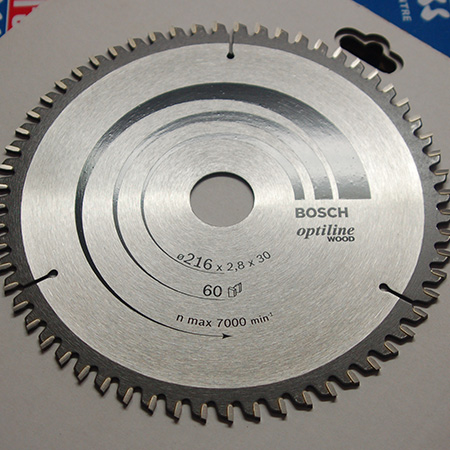Quick Tip: Factor in blade thickness
If you cut your own wood to size, it's important to factor in the thickness of the cutting blade.
22/07/2017
When cutting your own timber down to size, many beginner DIY enthusiasts tend to overlook the thickness of the cutting blade and end up with pieces that are too short, or may even end up not having enough timber to complete the project.
It's easy to forget that you need to trim the edges of any bought lengths of wood before you can even start cutting pieces. This is where a mitre saw comes in handy, as it's very easy to trim off the raw edges with a mitre saw and a bit more difficult (but not impossible) with a jigsaw.
When buying your PAR pine from Builders or your local hardware store you will generally find that a 1,8 metre length is slightly longer by about 3 to 5mm to allow for trimming the raw edges. However, this does not apply to all lengths, so take a tape measure along with you to double check the length so that you don't come up short!
GOOD TO KNOW: Always use a sharp pencil when marking.
GOOD TO KNOW: When measuring and marking to cut more than one piece from a length of PAR pine, allow for the blade thickness. If using a mitre saw you will need to check the thickness of the cutting blade you are using, as not all blades are the same thickness.
The easiest way to perform repeat cuts is to cut one piece and use this as a template for marking the next piece. This is where a sharp pencil is important and you also need to be sure to cut on the waste side of the pencil line.
When cutting multiple pieces from a length of pine, and using a mitre saw, I use the first piece as a guide for all the remaining cuts. Align the ends so that they are perfectly flush and push up to the blade before removing the guide piece.








